
AeroGenie — Seu copiloto inteligente.
Tendências
Categories
Airbus Helicopters Reports $1.8 Billion Revenue in First Quarter
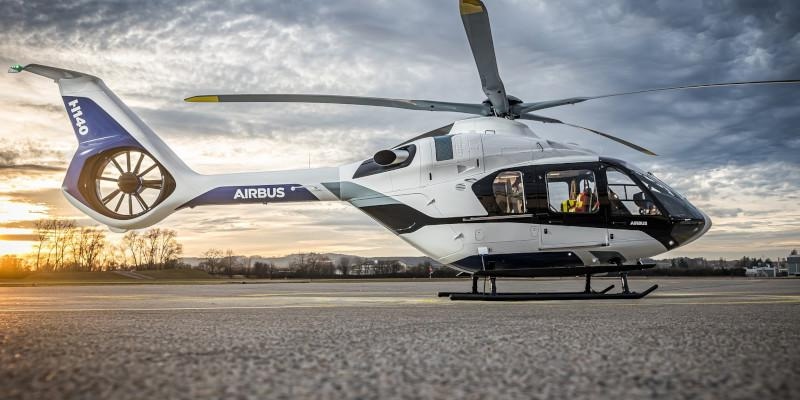
Airbus Helicopters Reports $1.8 Billion Revenue in First Quarter 2025
Airbus Helicopters announced strong financial results for the first quarter of 2025, with revenue increasing by 10% year-over-year to $1.8 billion (€1.6 billion). This growth was driven by effective program execution and an expansion of service offerings, positioning the company ahead of competitors who may find it challenging to maintain a similar pace. Despite this positive momentum, Airbus continues to face supply chain challenges that could impact delivery schedules.
Within the broader Airbus group, total quarterly revenue reached $15.3 billion, marking a 6% increase compared to the same period last year. The helicopter division’s earnings before interest and taxes (EBIT) rose by 10% to $88.3 million, contributing to a cumulative EBIT of $706.5 million, an 8% improvement year-over-year. Production also experienced a slight increase, with 51 helicopters delivered during the quarter, one more than in the first quarter of 2024.
Airbus CEO Guillaume Faury emphasized the company’s progress, noting, “Our Q1 results demonstrate the progress we are making on our priorities across the business. We are ramping up production in line with our plan but the delivery profile will be backloaded, reflecting the specific supply chain challenges we are facing this year.”
Order Growth and Market Expansion
Order activity remained robust, with Airbus securing 100 net new helicopter orders in the first quarter, expanding its order book by 15% year-over-year to $1.06 billion. At Verticon 2025, formerly known as Heli-Expo, Airbus announced 60 pre-firm orders and 55 commitments from customers worldwide across various platforms. The company also received new orders for its recently introduced H140 multi-mission helicopter and achieved a significant milestone with the H160 model obtaining certification from the Civil Aviation Administration of China, enabling deliveries to the Chinese market.
Faury expressed satisfaction with the sustained customer confidence and highlighted the positive momentum in both civil and military helicopter sectors. Looking forward, Airbus remains focused on capturing new business opportunities in domestic and export markets. The company is optimistic about maintaining its growth trajectory, supported by a strong order pipeline and ongoing enhancements in production capabilities, despite persistent supply chain pressures.
Innovation and Sustainability Initiatives
To reinforce its leadership position, Airbus is investing heavily in innovation and sustainability, particularly in the development of electric and hybrid propulsion systems for next-generation helicopters. These efforts align with global environmental objectives and respond to the increasing demand for greener aviation solutions. By advancing environmentally friendly technologies, Airbus aims to redefine helicopter travel and sustain its competitive advantage within the aerospace industry.
With solid financial performance, a growing order book, and a clear commitment to innovation, Airbus Helicopters is well-positioned to navigate current challenges and shape the future of the sector.
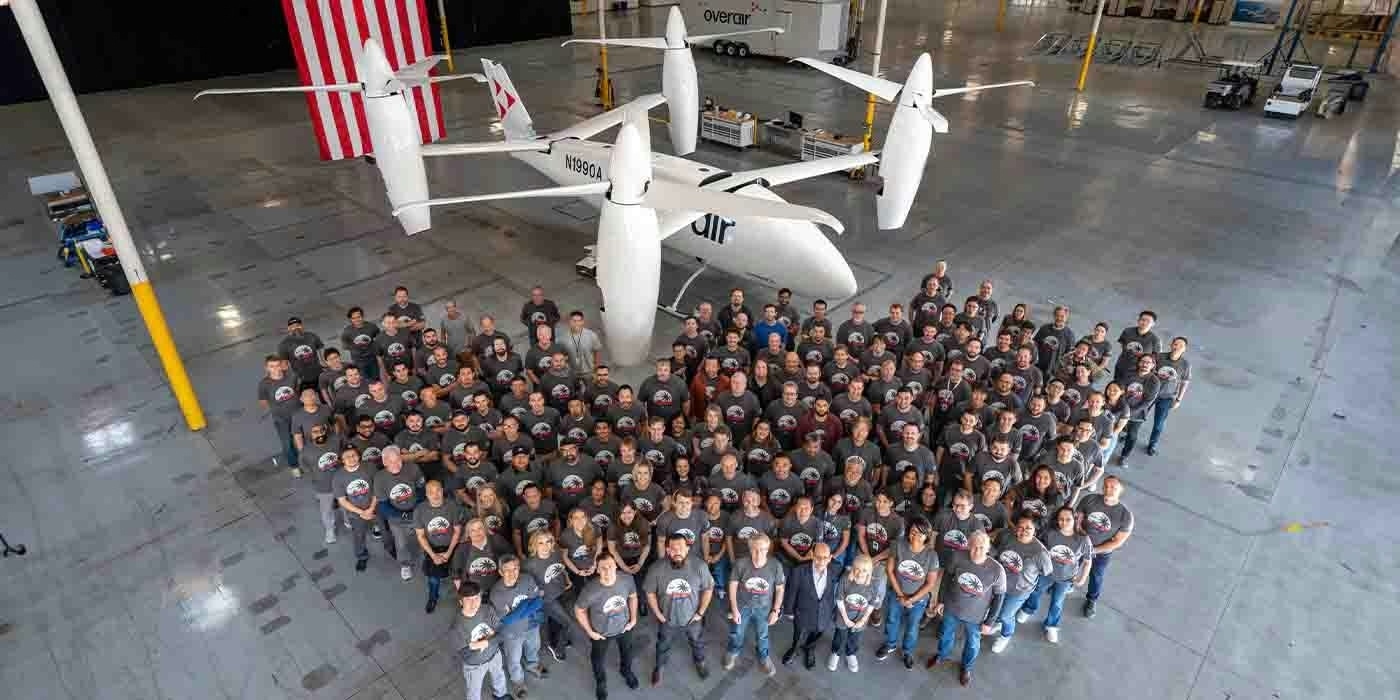
Unique mixed-propulsion eVTOL completes transition flight testing
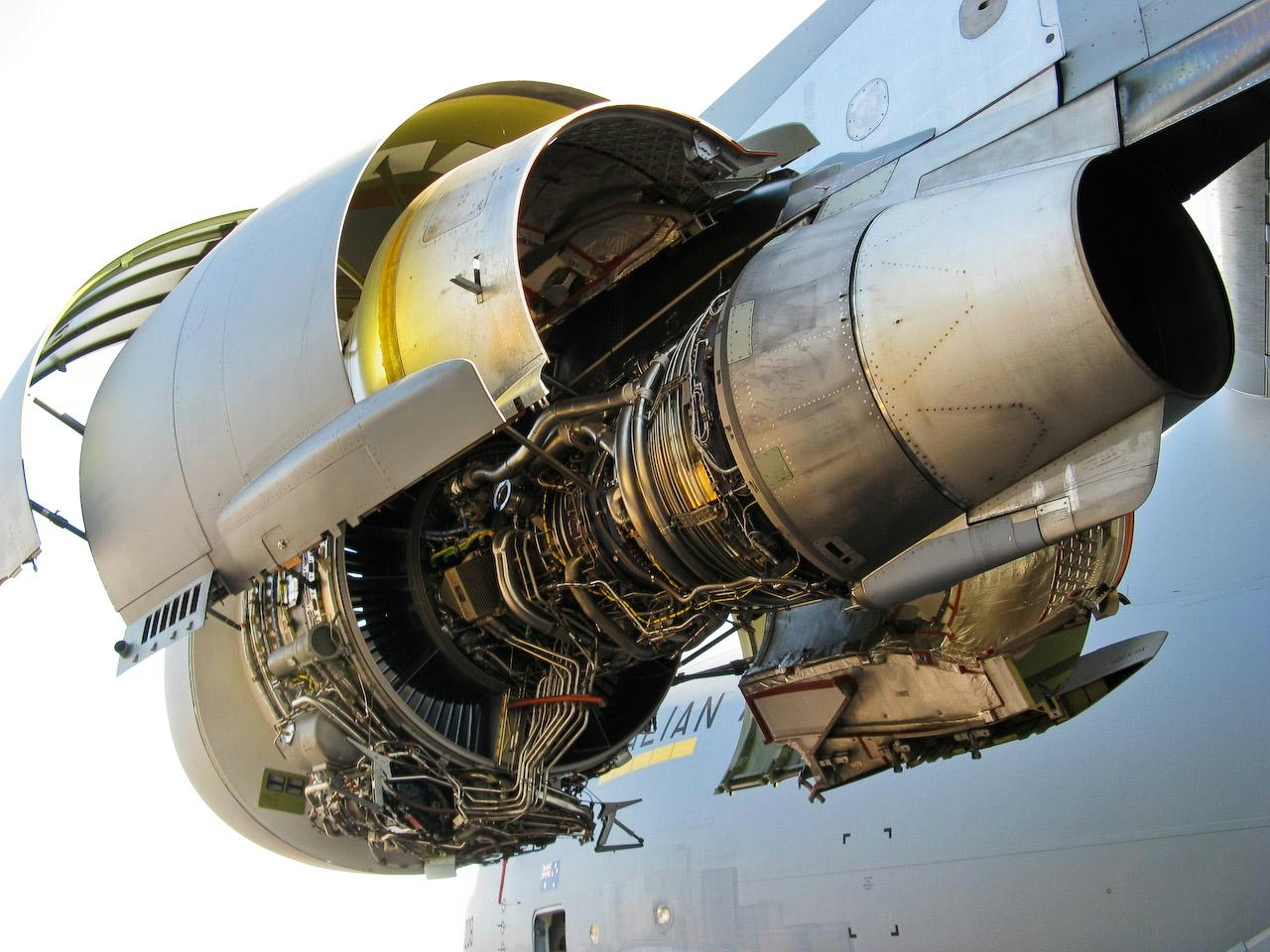
Are C-17 Globemaster Engines Derived from Boeing 757?
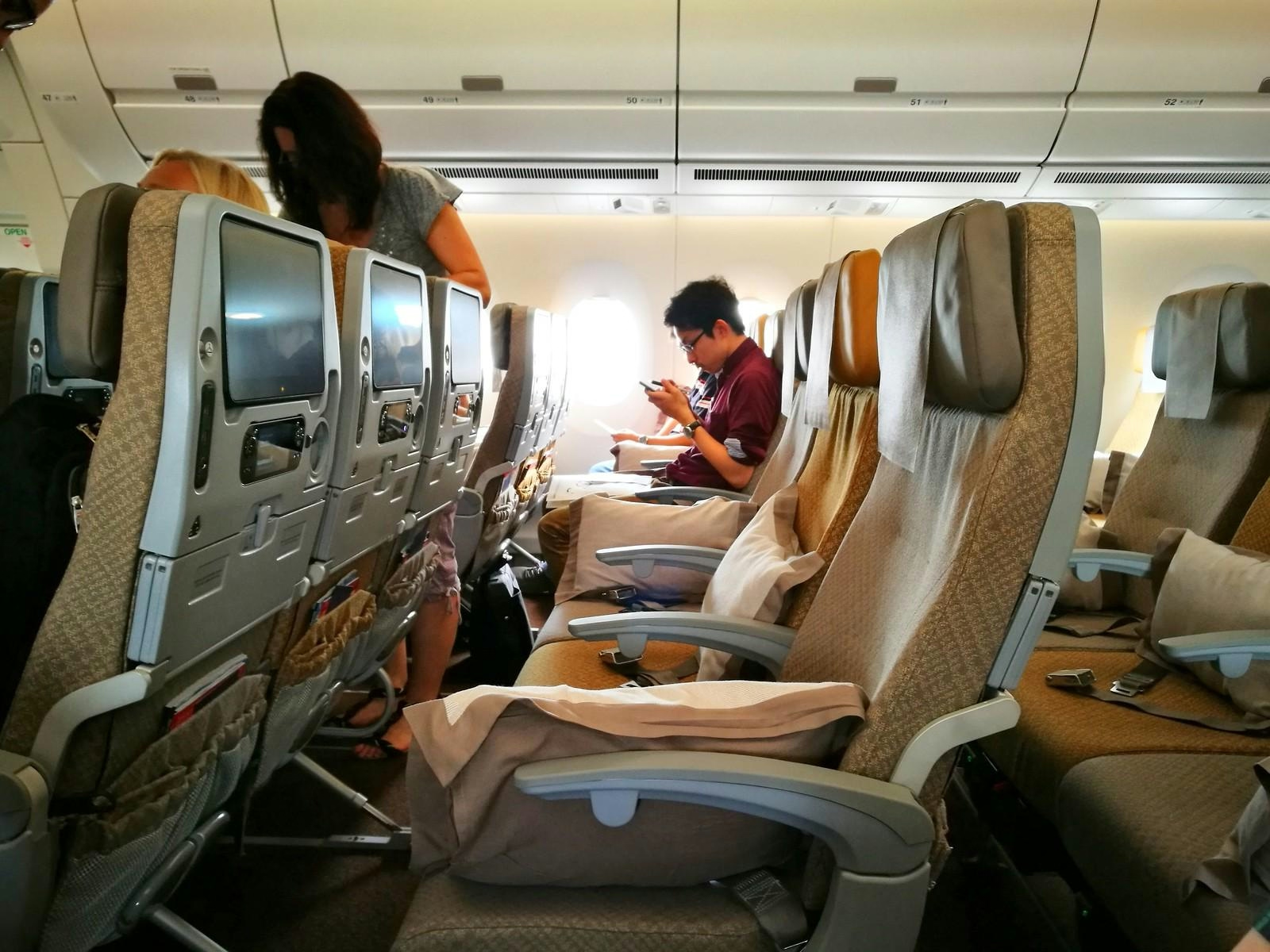
Why the Airbus A350’s Cabin Is Quieter Than Other Aircraft
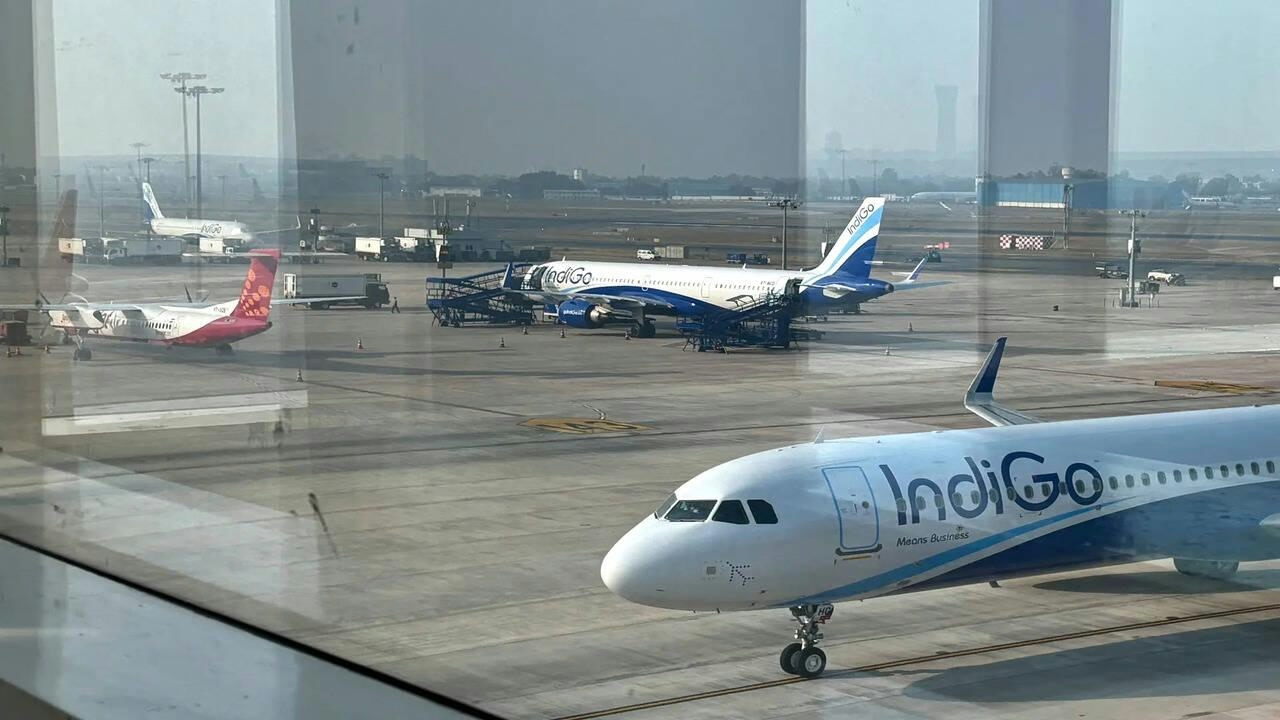
AI and AI Express Plan to Increase Capacity Amid IndiGo Flight Disruptions
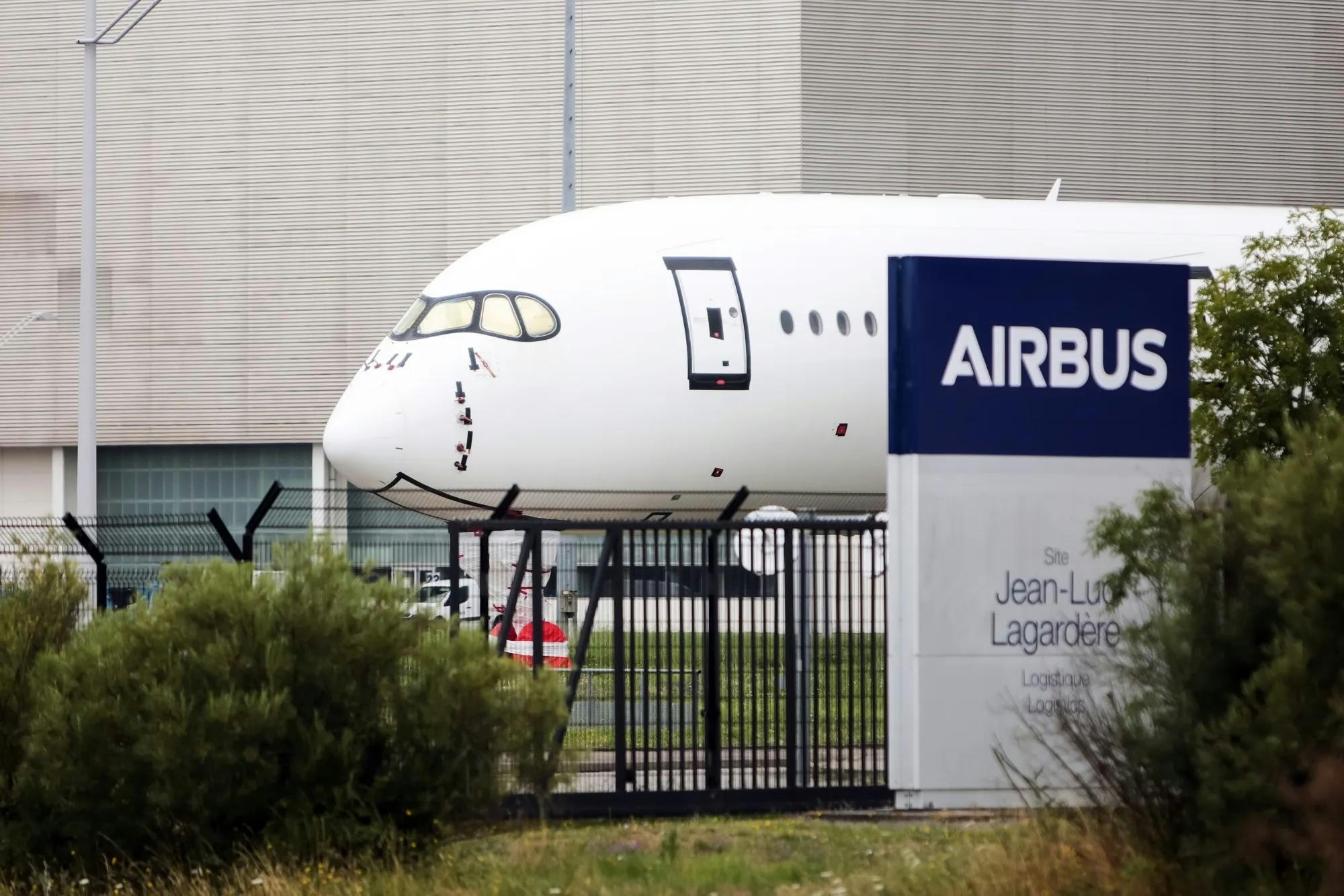
Kazakhstan and France Agree on Airbus Aircraft Deliveries

Europe’s Emerging Talent Drives Aviation Innovation
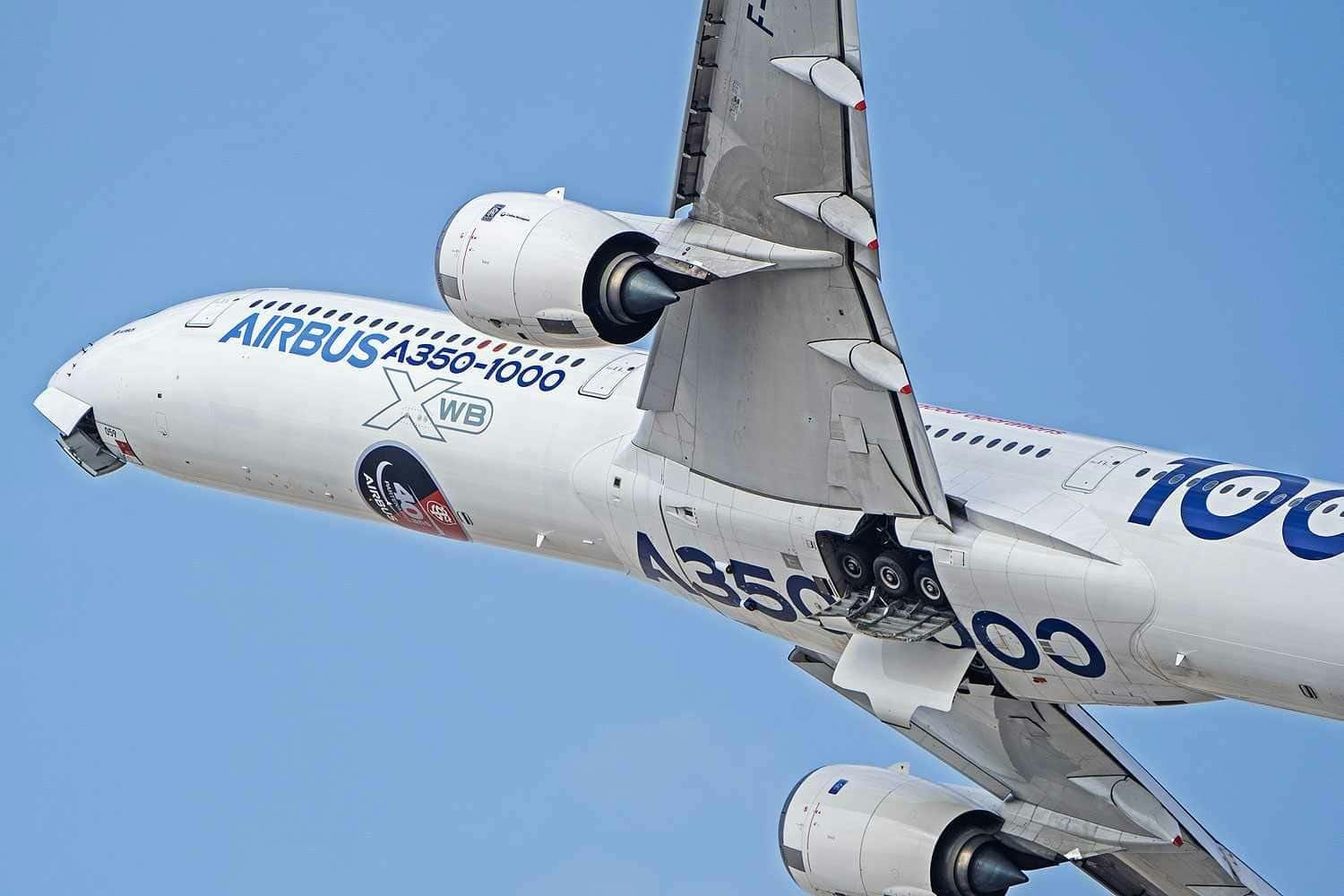
Airbus Receives New Order for A350-1000

The Leading Widebody Aircraft in Service Today
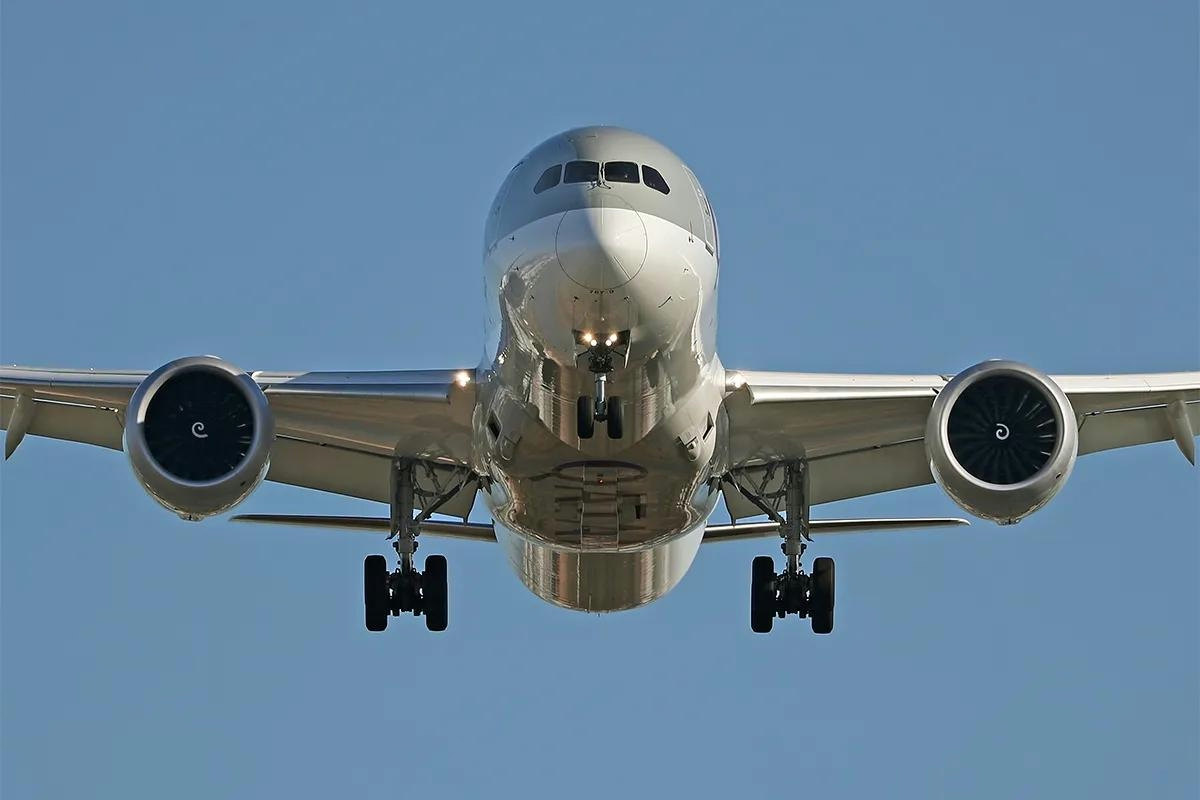
The Fastest Boeing Jet Currently in Service
